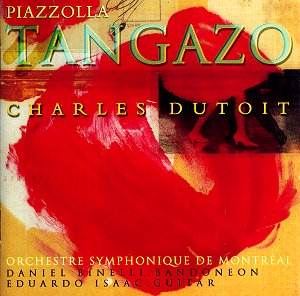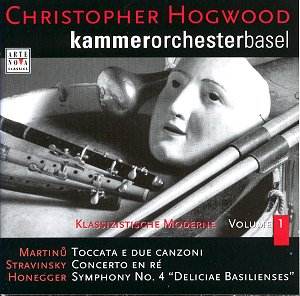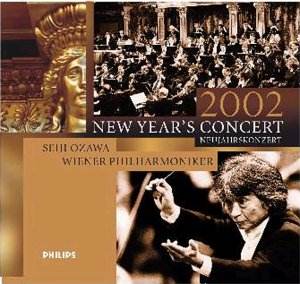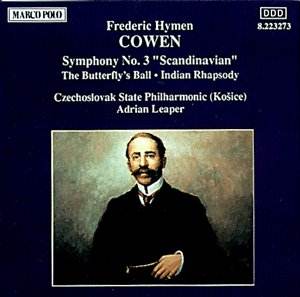 Composer: Astor Piazzolla
Composer: Astor Piazzolla
Works: Tangazo, Adiós Nonino, Milonga del ángel, Double Concerto for bandoneon and guitar, Oblivion, Tres movimientos tanguísticos porteños, Danza criolla
Performers: Daniel Binelli (bandoneon), Eduardo Isaac (guitar), Orchestre Symphonique de Montreal, conducted by Charles Dutoit
Recording: Église St-Eustache, Montreal – 18th May 2000
Label: Decca
Astor Piazzolla, a revolutionary figure in the realm of tango, transformed this traditional Argentine genre into a sophisticated art form through his innovative compositions that blend classical, jazz, and folk elements. Known for his establishment of “tango nuevo,” Piazzolla’s works reflect both the vibrant colors of Buenos Aires and his deep understanding of Western classical traditions, cultivated during his studies with the likes of Nadia Boulanger. This compilation, featuring a selection of his most cherished pieces, captures the essence of his artistic evolution, showcasing the emotive power of the tango while transcending its folkloric roots.
The performance led by Charles Dutoit with the Orchestre Symphonique de Montreal, alongside dynamic soloists Daniel Binelli and Eduardo Isaac, brings a vivid interpretative flair to the recording. The orchestral textures are lush and varied, allowing Piazzolla’s intricate harmonies to unfold with clarity. Particularly striking is their rendition of “Adiós Nonino,” which opens with a strikingly aggressive percussive element that gradually gives way to a tender, nostalgic melody. The bandoneon, Binelli’s masterful playing, imbues it with a bittersweet poignancy, effectively communicating the emotional weight of Piazzolla’s homage to his father.
The “Milonga del ángel” is executed with a sensual fluidity that evokes a sultry nighttime atmosphere, characterized by delicate string work that dances gracefully around the bandoneon’s lyricism. This piece exemplifies Piazzolla’s knack for creating vivid imagery through sound. In contrast, “Oblivion” features the oboe in a hauntingly lyrical role, weaving a tapestry of yearning against the soft backdrop of string harmonies, where the bandoneon’s interjections provide a poignant commentary, enhancing the work’s overall sense of longing.
The “Double Concerto for Bandoneon and Guitar” stands out as a testament to Piazzolla’s instrumental prowess. The interplay between Binelli and Isaac is a highlight, with the “Milonga” movement providing an exhilarating dialogue that showcases both virtuosity and emotional depth. Dutoit’s orchestration in this piece balances the soloists with the ensemble beautifully, allowing for both the intimate nuances and the more vigorous tango rhythms to shine through.
“Tres movimientos tanguísticos porteños” showcases Piazzolla’s ability to blend diverse moods within a single work. The opening movement’s sinister undertone juxtaposed with the lush, almost languid central section creates a compelling narrative arc. The final movement bursts forth with infectious energy, employing fugal techniques and vibrant orchestral colors that reflect the dynamic spirit of tango. The engineering captures the full range of this vibrant performance, with a sound quality that is both rich and nuanced, allowing the listener to appreciate the subtleties of the orchestral fabric.
This recording of Piazzolla’s works stands as a significant interpretation in the discography of his music, rivaling other notable recordings with its depth of expression and technical precision. The combination of Dutoit’s conducting, the orchestra’s passionate execution, and the virtuosic contributions of Binelli and Isaac creates an immersive experience that resonates with both seasoned aficionados and newcomers alike. The joyful exuberance and lush textures presented here not only banish the winter blues but also affirm Piazzolla’s status as a master composer whose music continues to evoke profound emotional responses.



